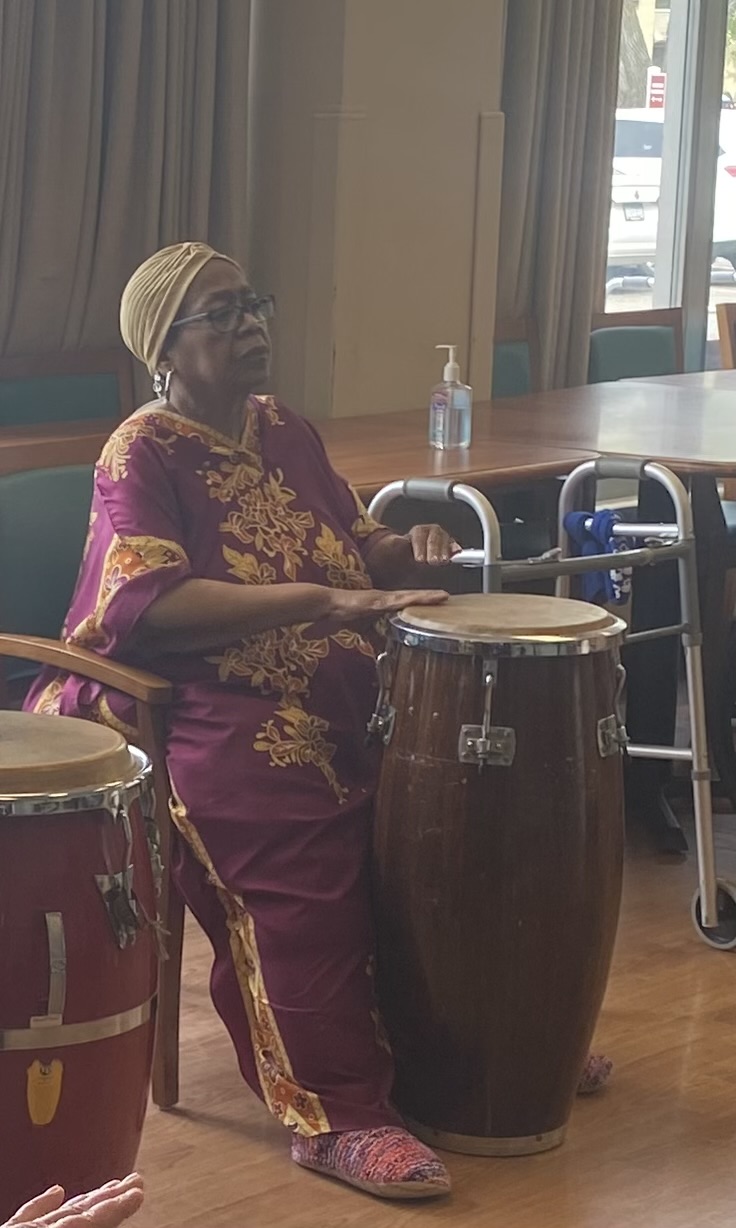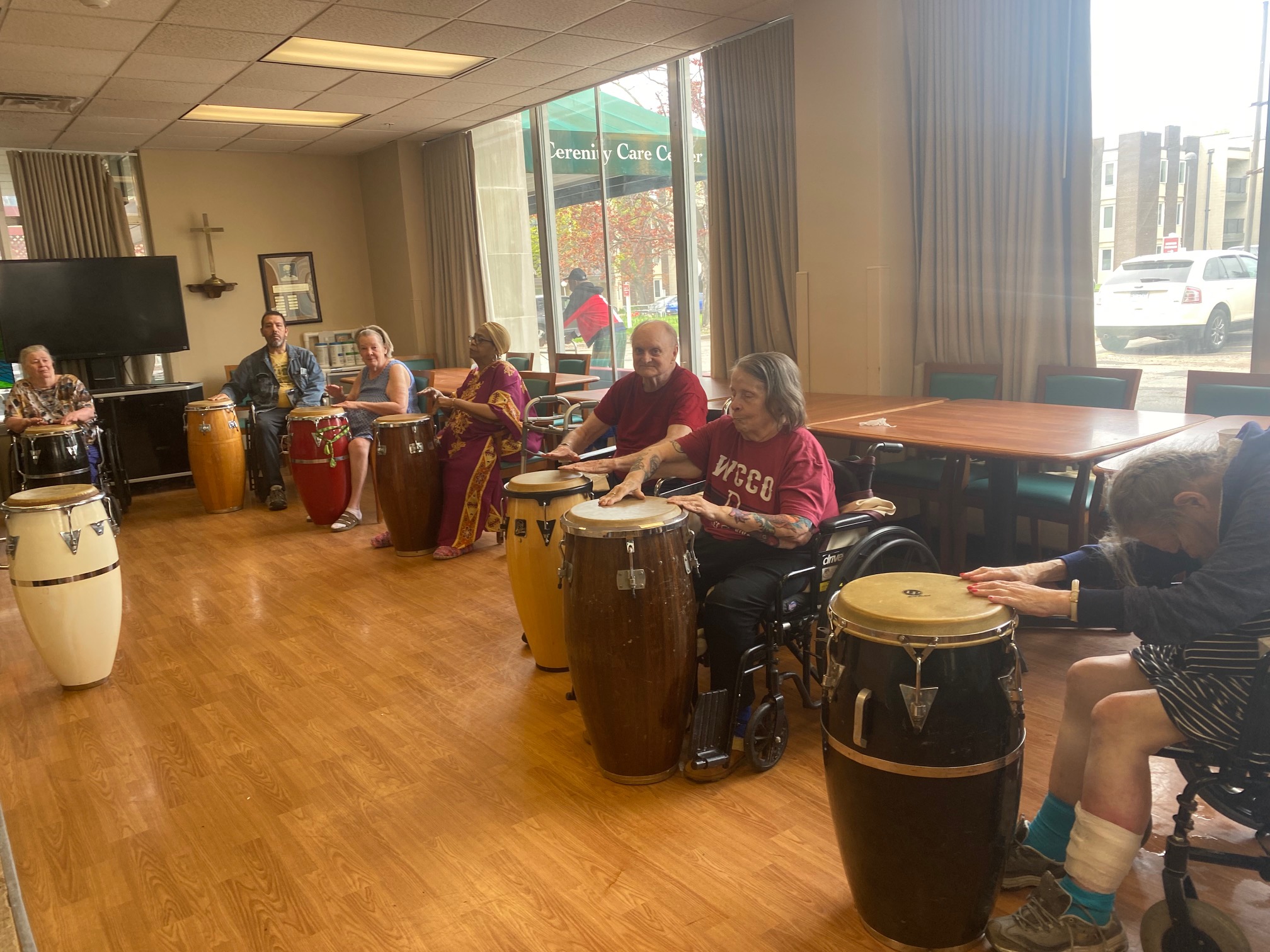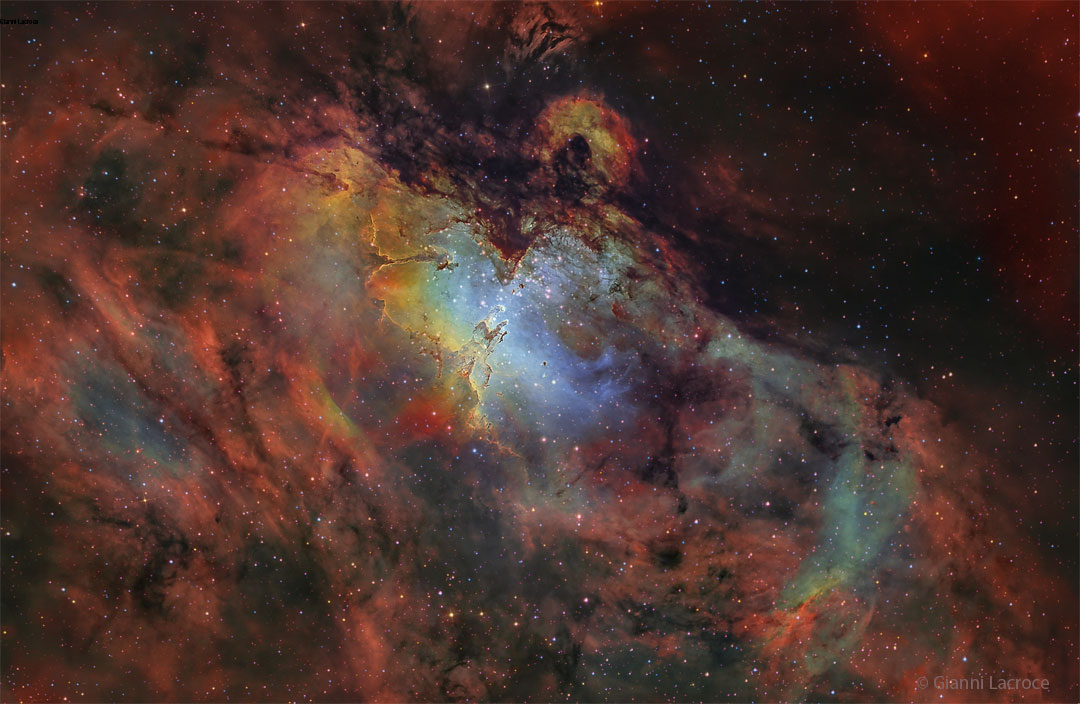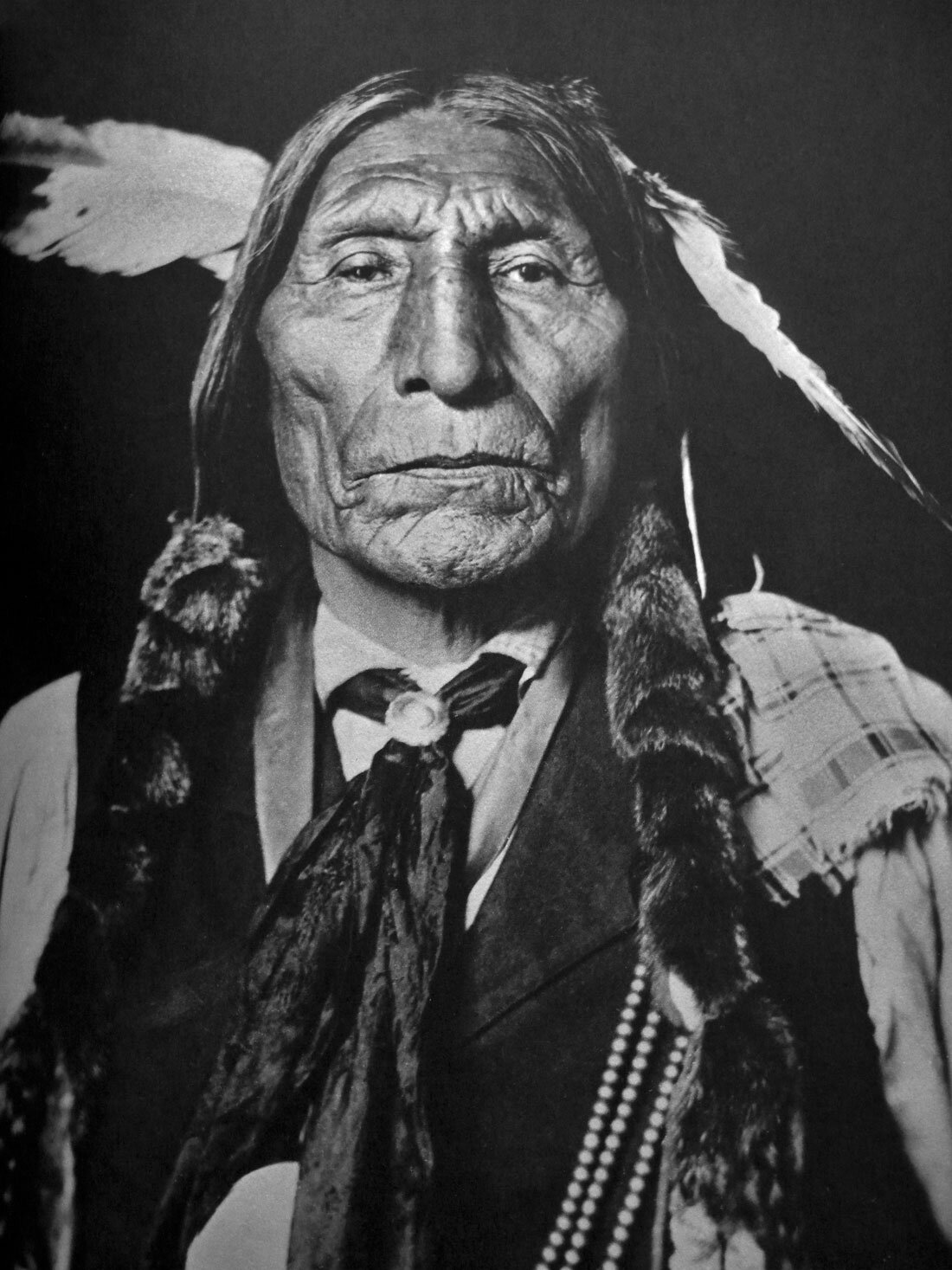Blog
Fifth in a series of Rhythm Roots Workshops at Cerenity Humboldt Senior Care (https://cerenityseniorcare.org/cerenity-senior-care-humboldt-st-paul-mn/) Exploring rhythms from Egypt, Algeria, Turkey, Dominican Republic, Spain and Brazil. Running on Wednesdays 130-3pm thru June 14th 2023.


the Eagle Nebula, however, shows the bright region is actually a window into the center of a larger dark shell of dust. Through this window, a brightly-lit workshop appears where a whole open cluster of stars is being formed. In this cavity, tall pillars and round globules of dark dust and cold molecular gas remain where stars are still forming. Already visible are several young bright blue stars whose light and winds are burning away and pushing back the remaining filaments and walls of gas and dust. The Eagle emission nebula, tagged M16, lies about 6500 light years away, spans about 20 light-years, and is visible withbinoculars toward the constellation of the Serpent (Serpens). This picture involved long and deep exposures and combined three specific emitted colors emitted by sulfur (colored as yellow), hydrogen (red), and oxygen (blue).

John Lenwood “Jackie” McLean (May 17, 1931 – March 31, 2006) was an American jazz alto saxophonist, composer, bandleader, and educator, and is one of the few musicians to be elected to the DownBeat Hall of Fame in the year of their death.
McLean was born in New York City. His father, John Sr., played guitar in Tiny Bradshaw‘s orchestra. After his father’s death in 1939, Jackie’s musical education was continued by his godfather, his record-store-owning stepfather, and several noted teachers. He also received informal tutoring from neighbors Thelonious Monk, Bud Powell, and Charlie Parker. During high school McLean played in a band with Kenny Drew, Sonny Rollins, and Andy Kirk, Jr. (the saxophonist son of Andy Kirk).
more...William Scott Bruford (born 17 May 1949) is an English former drummer and percussionist who first gained prominence as a founding member of the progressive rock band Yes. After leaving Yes in 1972, Bruford spent the rest of the 1970s recording and touring with King Crimson (1972–1974) and Roy Harper (1975), and touring with Genesis (1976) and U.K. (1978). In 1978, he formed his own group, Bruford, which was active until 1980.
During the 1980s, Bruford returned to King Crimson for three years (1981–1984), collaborated with several artists (including Patrick Moraz and David Torn), and formed his own electric jazz band Earthworks in 1986. He then played with his former Yes bandmates in Anderson Bruford Wakeman Howe, which eventually led to a very brief second stint in Yes. Bruford played in King Crimson for his third and final tenure from 1994 to 1997, then continued with a new acoustic configuration of Earthworks.
On 1 January 2009, Bruford retired from professional drumming, only briefly returning for a few private gigs. He has pursued other projects since then, including the operation of his two record labels, Summerfold and Winterfold, releasing an autobiography in 2009, and speaking and writing about music. In 2016, after four and a half years of study, Bruford received a PhD in Music from the University of Surrey. That year, Bruford ranked No. 16 on Rolling Stone‘s list of the “100 Greatest Drummers of All Time”. In 2017, Bruford was inducted into the Rock and Roll Hall of Fame as a member of Yes.
more...Henry St. Claire Fredericks Jr. (born May 17, 1942), better known by his stage name Taj Mahal, is an American blues musician. He plays the guitar, piano, banjo, harmonica, and many other instruments, often incorporating elements of world music into his work. Mahal has done much to reshape the definition and scope of blues music over the course of his more than 50-year career by fusing it with nontraditional forms, including sounds from the Caribbean, Africa, India, Hawaii, and the South Pacific.
Mahal was born Henry St. Claire Fredericks Jr. on May 17, 1942, in Harlem, New York City. Growing up in Springfield, Massachusetts, he was raised in a musical environment: his mother was a member of a local gospel choir and his father, Henry Saint Claire Fredericks Sr., was an Afro-Caribbean jazz arranger and piano player. His family owned a shortwave radio which received music broadcasts from around the world, exposing him at an early age to world music. Early in childhood he recognized the stark differences between the popular music of his day and the music that was played in his home. He also became interested in jazz, enjoying the works of musicians such as Charles Mingus, Thelonious Monk and Milt Jackson. His parents came of age during the Harlem Renaissance, instilling in their son a sense of pride in his Caribbean and African ancestry through their stories.
more...Walter Dewey Redman (May 17, 1931 – September 2, 2006) was an American saxophonist who performed free jazz as a bandleader and with Ornette Coleman and Keith Jarrett.
Redman mainly played tenor saxophone, though he occasionally also played alto, the Chinese suona (which he called a musette), and clarinet. His son is saxophonist Joshua Redman.
Redman was born in Fort Worth, Texas. He attended I.M. Terrell High School, and played in the school bandwith Ornette Coleman, Prince Lasha, and Charles Moffett. After high school, he briefly enrolled in the electrical engineering program at the Tuskegee Institute in Alabama but became disillusioned with the program and returned home to Texas. In 1953, he earned a bachelor’s degree in Industrial Arts from Prairie View Agricultural and Mechanical University. While at Prairie View, he switched from clarinet to alto saxophone, then to tenor. After graduating, he served for two years in the U. S. Army.
more...Paul Quinichette (May 17, 1916 – May 25, 1983) was an American jazz tenor saxophonist. He was known as the “Vice President” or “Vice Prez” for his emulation of the breathy style of Lester Young, whose nickname was “The President”, or simply “Prez”. Young called Quinichette “Lady Q”.
Quinichette was born in Denver, Colorado, United States. He had clarinet and alto saxophone lessons as a child, before switching to tenor saxophone. Around the age of 13, he had informal lessons from Lester Young.
more...Resembling a curled sleeping snake, this picture shows NGC 1087. This spiral galaxy, located approximately 80 million light-years from Earth in the constellation of Cetus, is captured here by a combination of observations conducted at different wavelengths –– or colours –– of light. But no need to worry, NGC 1087 will not poison you! The apparent menacing red glow actually corresponds to clouds of cold molecular gas, the raw material out of which stars form. Astronomers are able to image these clouds thanks to the Chile-based Atacama Large Millimeter/submillimeter Array (ALMA), in which ESO is a partner. The bluish regions in the background reveal the pattern of older, already formed stars, imaged by the Multi-Unit Spectroscopic Explorer (MUSE) on ESO’s Very Large Telescope (VLT) also in Chile. The images were taken as part of the Physics at High Angular resolution in Nearby GalaxieS (PHANGS) project. The team is making high-resolution observations of nearby galaxies with telescopes operating across a wide range of wavelengths. Different wavelengths tell us about the physical properties of stars, gas and dust within galaxies, and by comparing them astronomers are able to study what activates, boosts or hinders the birth of new stars.

more...
Isaac “Redd” Holt (born May 16, 1932) is an American jazz and soul music drummer. Holt was born in Rosedale, Mississippi, and raised in Chicago. He first began playing drums as a student at Crane High School, where he played in an ensemble with future collaborators Ramsey Lewis and Eldee Young. Holt studied music at the Chicago Musical College and radio and television at Kennedy–King College.
more...Robert Fripp (born 16 May 1946) is an English musician, songwriter, record producer, and author, best known as the guitarist, founder and longest-lasting member of the progressive rock band King Crimson. He has worked extensively as a session musician and collaborator, notably with David Bowie, Blondie, Brian Eno, Peter Gabriel, Daryl Hall, Midge Ure, Talking Heads, and David Sylvian. He also composed the startup sound of Windows Vista operating system, in collaboration with Tucker Martine and Steve Ball.[2][3] His discography includes contributions to over 700 official releases.
His compositions often feature unusual asymmetric rhythms, influenced by classical and folk traditions. His innovations include a tape delay system known as Frippertronics and new standard tuning.
more...William Emanuel Cobham Jr. (born May 16, 1944) is a Panamanian–American jazz drummer who came to prominence in the late 1960s and early 1970s with trumpeter Miles Davis and then with the Mahavishnu Orchestra.
He was inducted into the Modern Drummer Hall of Fame in 1987 and the Classic Drummer Hall of Fame in 2013. AllMusic biographer Steve Huey said, “Generally acclaimed as fusion’s greatest drummer, Billy Cobham’s explosive technique powered some of the genre’s most important early recordings – including groundbreaking efforts by Miles Davis and the Mahavishnu Orchestra – before he became an accomplished bandleader in his own right. At his best, Cobham harnessed his amazing dexterity into thundering, high-octane hybrids of jazz complexity and rock & roll aggression.”
Cobham’s influence stretched far beyond jazz; he influenced progressive rock contemporaries like Bill Bruford of King Crimson, and later ones like Danny Carey of Tool. Prince and Jeff Beck both played a version of Cobham’s Stratus in concert. Phil Collins, who named the Mahavishnu Orchestra’s The Inner Mounting Flame as a key influence on his early style, said: “Billy Cobham played some of the finest drumming I’ve ever heard on that record.”
Born in Colón, Panama, Cobham moved with his family to Brooklyn, New York, when he was three. His father, Manuel, worked as a hospital statistician during the week and played piano on weekends. Cobham started playing drums at the age of four, and joined his father four years later. When he was fourteen, he got his first drum kit as a gift after being accepted to The High School of Music & Art in New York City.
https://www.youtube.com/watch?v=Di2VRrlTT94
more...Betty Carter (born Lillie Mae Jones; May 16, 1929 – September 26, 1998) was an American jazz singer known for her improvisational technique, scatting and other complex musical abilities that demonstrated her vocal talent and imaginative interpretation of lyrics and melodies. Vocalist Carmen McRae once remarked: “There’s really only one jazz singer—only one: Betty Carter.”
Carter was born in Flint, Michigan, and grew up in Detroit, where her father, James Jones, was the musical director of a Detroit church and her mother, Bessie, was a housewife. As a child, Carter was raised to be extremely independent and to not expect nurturing from her family.
more...“A Native American elder once described his own inner struggles in this manner: Inside of me there are two dogs. One of the dogs is mean and evil. The other dog is good. The mean dog fights the good dog all the time. When asked which dog wins, he reflected for a moment and replied, The one I feed the most.”

more...
A vast galaxy cluster lurks in the centre of this image from the NASA/ESA Hubble Space Telescope. Like a submerged sea monster causing waves on the surface, this cosmic leviathan can be identified by the distortions in spacetime around it. The mass of the cluster has caused the images of background galaxies to be gravitationally lensed; the galaxy cluster has caused a sufficient curvature of spacetime to bend the path of light and cause background galaxies to appear distorted into streaks and arcs of light. A host of other galaxies can be seen surrounding the cluster, and a handful of foreground stars with tell-tale diffraction spikes are scattered throughout the image. This particular galaxy cluster is called eMACS J1823.1+7822, and lies almost nine billion light-years away in the constellation Draco. It is one of five exceptionally massive galaxy clusters explored by Hubble in the hopes of measuring the strengths of these gravitational lenses and providing insights into the distribution of dark matter in galaxy clusters. Strong gravitational lenses like eMACS J1823.1+7822 can help astronomers study distant galaxies by acting as vast natural telescopes which magnify objects that would otherwise be too faint or distant to resolve. This multiwavelength image layers data from eight different filters and two different instruments: Hubble’s Advanced Camera for Surveys and Wide Field Camera 3. Both instruments have the ability to view astronomical objects in just a small slice of the electromagnetic spectrum using filters, which allow astronomers to image objects at precisely selected wavelengths. The combination of observations at different wavelengths lets astronomers develop a more complete picture of the structure, composition and behaviour of an object than visible light alone would reveal. [Image description: A cluster of large galaxies, surrounded by various stars and smaller galaxies on a dark background. The central cluster is mostly made of bright elliptical

Oscar Castro-Neves (May 15, 1940 – September 27, 2013), was a Brazilian guitarist, arranger, and composer who is considered a founding figure in bossa nova.
He was born in Rio de Janeiro as one of triplets and formed a band with his brothers in his youth. At 16 he had a national hit with Chora Tua Tristeza. In 1962 he was in a bossa nova concert at Carnegie Hall, and later he toured with Stan Getz and Sérgio Mendes. He went on to work with musicians from different genres, including Billy Eckstine, Yo Yo Ma, Michael Jackson, Barbra Streisand, Stevie Wonder, João Gilberto, Eliane Elias, Lee Ritenour, Airto Moreira, Toots Thielemans, John Klemmer, Carol Welsman, Stephen Bishop, and Diane Schuur.
more...Brian Peter George St John le Baptiste de la Salle Eno RDI (/ˈiːnoʊ/; born Brian Peter George Eno, 15 May 1948) is a British musician, composer, record producer and visual artist best known for his contributions to ambient music and work in rock, pop and electronica. A self-described “non-musician”, Eno has helped introduce unconventional concepts and approaches to contemporary music. He has been described as one of popular music‘s most influential and innovative figures. In 2019, Eno was inducted into the Rock and Roll Hall of Fame as a member of Roxy Music.
Born in Suffolk, Eno studied painting and experimental music at the art school of Ipswich Civic College in the mid 1960s, and then at Winchester School of Art. He joined glam rock group Roxy Music as its synthesiser player in 1971, recording two albums with the group before departing in 1973. Eno then released a number of solo pop albums beginning with Here Come the Warm Jets (1974) and began exploring a minimalist direction with the influential recordings Discreet Music (1975) and Ambient 1: Music for Airports (1978), coining the term “ambient music”.
Alongside his solo work, Eno collaborated frequently with other musicians in the 1970s, including Robert Fripp, Harmonia, Cluster, Harold Budd, David Bowie, David Byrne and Judy Nylon. He also established himself as a sought-after producer, working on albums by John Cale, Jon Hassell, Laraaji, Talking Heads, Ultravox, and Devo, as well as the no wave compilation No New York (1978). In subsequent decades, Eno continued to record solo albums and produce for other artists, most prominently U2 and Coldplay, alongside work with artists such as Daniel Lanois, Laurie Anderson, Grace Jones, Slowdive, Karl Hyde, James, Kevin Shields, and Damon Albarn.
Dating back to his time as a student, Eno has also worked in other media, including sound installations, film, and writing. In the mid-1970s, he co-developed Oblique Strategies, a deck of cards featuring aphorisms intended to spur creative thinking. From the 1970s onwards, Eno’s installations have included the sails of the Sydney Opera House in 2009 and the Lovell Telescope at Jodrell Bank in 2016. An advocate of a range of humanitarian causes, Eno writes on a variety of subjects and is a founding member of the Long Now Foundation.
more...More Posts
- The Cosmos with NGC 2371/2
- Johnny Nash Day
- Jimmy Rowles Day
- World Music with Ebo Taylor
- Daily Roots with Horace Martin
- World Music with Faran Ensemble
- Rhythm Roots Workshop Drum Gathering 8-18-19
- The Cosmos with Sagittarius A*
- Sonny Til Day
- Enoch Light Day
- Antonio Salieri Day
- Daily Roots with George Allison
- The Cosmos with IC 2177
- Luther Allison Day
- Floyd Westerman Day
- Duke Pearson Day
- World Music with Les Filles de Illighadad
- Daily Roots with Tony Clarke
- The Cosmos with VDB 142
- Carl Perkins Day (jazz piano)